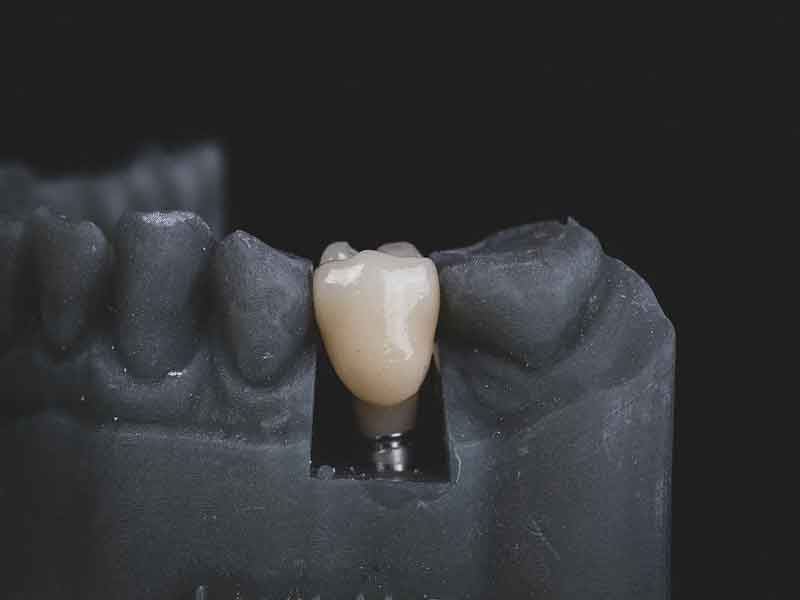What You Need to Know About: Veneers

What are veneers? Well, veneers, also known as porcelain veneers, are extremely thin shells customized to help with dental imperfections. Most commonly, veneers are used to boost one’s confidence when it comes to fixing physical imperfections. When a client reaches out to their dentist with questions in regard to veneers, they will first have a consultation where the dentist will take an impression of the patient’s teeth. This impression will then be mailed to the lab to build a custom fit with the veneers. Although veneers help tremendously with aesthetic issues in regard to one’s smile, there are a variety of problems that veneers can fix. For instance, if a patient has tried teeth whitening but their teeth are still super discolored, veneers could be a potential route to obtain a whiter smile. Furthermore, veneers can help replace worn down teeth and/or teeth that have been chipped or broken. Lastly, if teeth are misaligned or uneven can be corrected with veneers.
When it comes to applying the veneers to a patient’s teeth, it’s quite a tedious process. It takes around three different trips to the dentist to obtain veneers. However, if the dental office is considered a dental digital office, it would only require only one of two visits. During the first visit the dentist will go over the treatment plan and patient goals. Throughout this appointment, the dentist will examine the teeth to ensure that dental veneers are the right procedure and that the device is right for that person. The dentist will probably take x-rays and make an impression of the patient’s teeth in order for dental veneers to be made. When the dentist is finally able to get around to making the impression, and the dental veneers are created and sent back to the dentist, the dentist will remove around a half millimeter of enamel from the surface of the teeth’s surface. The amount of the enamel that the dentist is removing is dependent on the thickness of the veneer that is being made.
During the final and third step is when the dental veneers are bonded to the treated teeth. Before the dental veneer is cemented to the teeth, the dentist will most likely place a temporary veneer on the teeth while the permanent is being constructed. When the patient comes to the dentist for the veneer to be permanently placed, the dentist will first remove and shape the teeth to be ready to have the veneers bonded to the teeth. Once the teeth and the dental veneer is ready to be placed, the dentist will use a special light beam in order to activate the bonding cement. Once the bonding cement is activated, any extra adhesive will be removed and the application process for the dental veneers will be complete. A follow up appointment a couple weeks following the veneer application will probably be required. Thankfully, veneers can last around 10 to 30 years.
